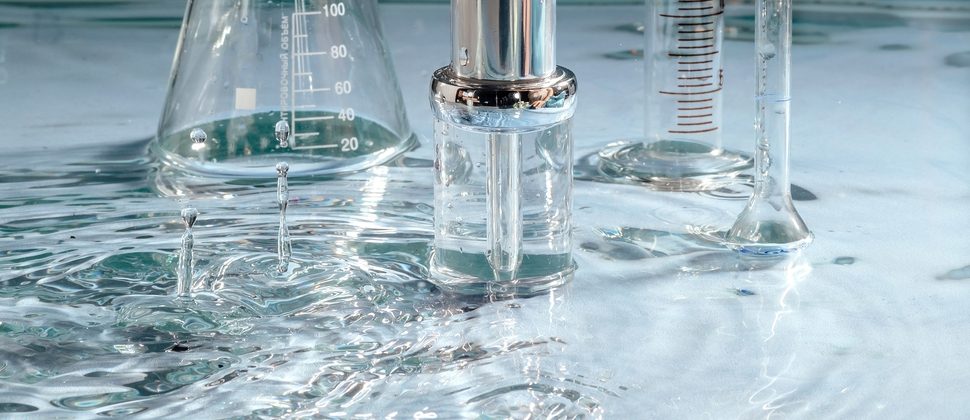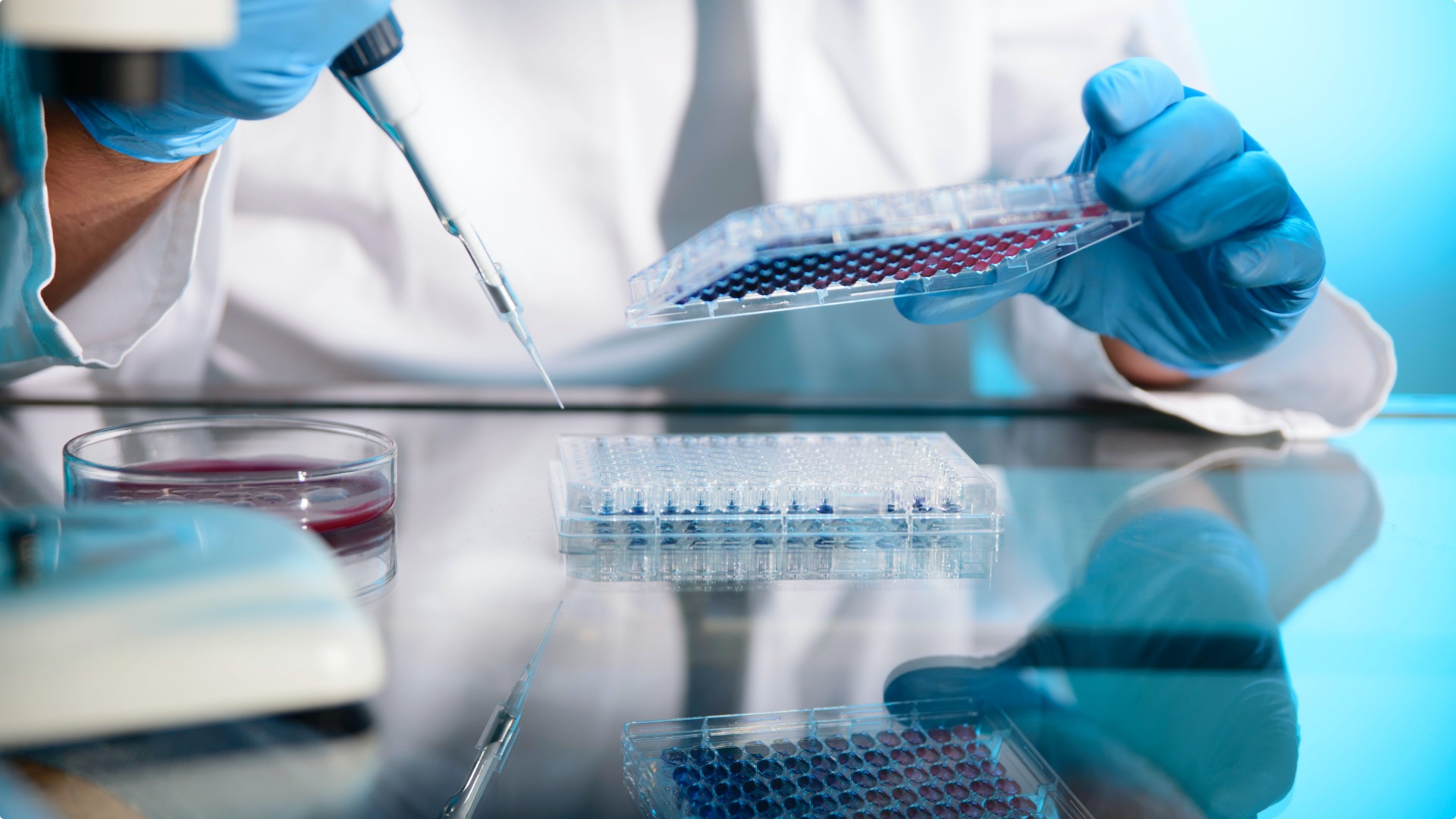The historical use of E. Coli-Coliforms in Water Treatment
Water quality has been a fundamental concern for human health and environmental sustainability for centuries. As civilizations advanced, so did the need for reliable methods to detect waterborne contaminants, particularly Escherichia coli (E. coli) and coliform bacteria. The development and widespread adoption of E. COLI-COLIFORMS CHROMOGENIC AGAR (BOE) revolutionized water testing, offering an efficient and accurate means of ensuring safe water for consumption and industrial use.

Before the advent of chromogenic agar, water quality assessments relied heavily on multiple-tube fermentation and membrane filtration methods, which, while effective, were time-consuming and required extensive laboratory resources. Traditional lactose-based media, such as MacConkey Agar and Brilliant Green Bile Broth, were widely used but had limitations in specificity and ease of interpretation.
With increasing urbanization and industrialization in the 19th and 20th centuries, governments and regulatory agencies recognized the urgent need for more efficient microbiological water testing methods. This demand led to the evolution of selective and differential culture media, ultimately paving the way for the development of chromogenic agar technology.
The breakthrough in chromogenic media came with the introduction of enzyme-based color differentiation, allowing for faster and more reliable identification of bacterial species. This innovation significantly improved water testing by enabling scientists to distinguish E. coli and coliforms based on their enzymatic activity, rather than relying solely on colony morphology or biochemical reactions.
The development of E. COLI-COLIFORMS CHROMOGENIC AGAR (BOE) marked a major milestone in microbiological water testing. This medium utilizes chromogenic substrates that react with specific bacterial enzymes, producing distinct color changes that allow for quick and accurate differentiation:
- E. coli colonies appear blue to violet due to the presence of β-glucuronidase enzyme.
- Other coliforms appear pink to red because of β-galactosidase activity.
- Non-coliform bacteria remain colorless, making it easier to distinguish target organisms.
With the growing concern over waterborne diseases, global health organizations and regulatory bodies, including the World Health Organization (WHO), the U.S. Environmental Protection Agency (EPA), and the European Union (EU), began integrating chromogenic media into water testing protocols.
The adoption of E. COLI-COLIFORMS CHROMOGENIC AGAR (BOE) provided key advantages:
- Rapid Results – Detection within 24 hours, reducing waiting times compared to traditional methods.
- Easy Interpretation – Clear color differentiation minimizes errors and improves efficiency.
- Cost-Effective – Reduces the need for confirmatory testing, saving both time and resources.
- Regulatory Compliance – Meets international water safety standards for drinking water, wastewater, and recreational water testing.

Today, E. COLI-COLIFORMS CHROMOGENIC AGAR (BOE) continues to play a crucial role in water safety programs worldwide. As technology advances, microbiologists are working on even more automated and digital detection methods, but chromogenic agar remains a gold standard for its reliability, cost-effectiveness, and ease of use.
As industries and governments strive for sustainable water management, chromogenic agar technology will remain a key tool in safeguarding public health and environmental protection.
Final Thoughts
The historical evolution of E. COLI-COLIFORMS CHROMOGENIC AGAR (BOE) demonstrates how scientific advancements have transformed water testing, making it faster, more efficient, and more accessible. Ensuring clean and safe water for all remains a global priority, and the use of cutting-edge microbiological methods will continue to shape the future of water treatment.
Looking to enhance your water quality testing? Contact us today to learn more about our advanced microbiological solutions!



